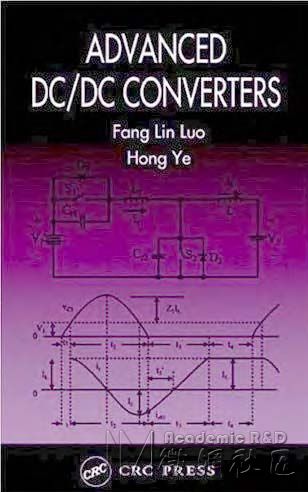
This book contains information obtained from authentic and highly regarded sources. Reprinted material
is quoted with permission, and sources are indicated. A wide variety of references are listed. Reasonable
efforts have been made to publish reliable data and information, but the author and the publisher cannot
assume responsibility for the validity of all materials or for the consequences of their use.
Neither this book nor any part may be reproduced or transmitted in any form or by any means, electronic
or mechanical, including photocopying, microfilming, and recording, or by any information storage or
retrieval system, without prior permission in writing from the publisher.
The consent of CRC Press LLC does not extend to copying for general distribution, for promotion, for
creating new works, or for resale. Specific permission must be obtained in writing from CRC Press LLC
for such copying.
Direct all inquiries to CRC Press LLC, 2000 N.W. Corporate Blvd., Boca Raton, Florida 33431.
Trademark Notice: Product or corporate names may be trademarks or registered trademarks, and are
used only for identification and explanation, without intent to infringe.
Visit the CRC Press Web site at
www.crcpress.com
© 2004 by CRC Press LLC
No claim to original U.S. Government works
International Standard Book Number 0-8493-1956-0
Library of Congress Card Number 2003051622
Printed in the United States of America 1 2 3 4 5 6 7 8 9 0
Printed on acid-free paper
Library of Congress Cataloging-in-Publication Data
Luo, Fang Lin.
Advanced DC/DC converters / Fang Lin Luo and Hong Ye.
p. cm. — (Power electronics and applications series)
Includes bibliographical references and index.
ISBN 0-8493-1956-0 (alk. paper)
1. DC-to-DC converters. I. Ye, Hong, 1973- II. Title. III. Series.
TK7887.6.L86 2003
621.31′32—dc21 2003051622


 Advanced DC-DC Converters.pdf (6.27 MB)
Advanced DC-DC Converters.pdf (6.27 MB)